Foreign troops that fought for the Russian Empire
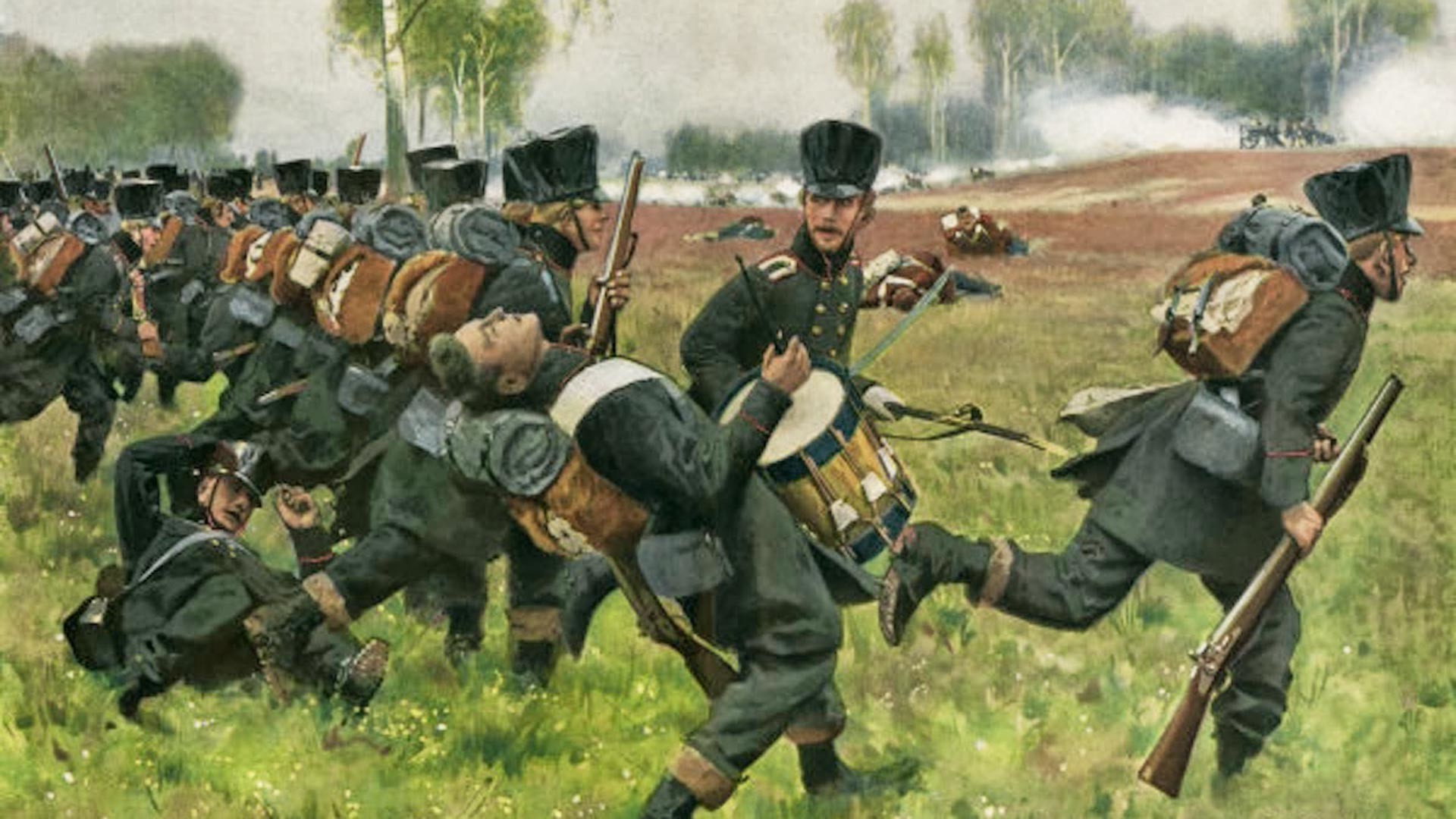
The Battle of Göhrde.
Carl RöchlingThe émigré royalist corps of Condé
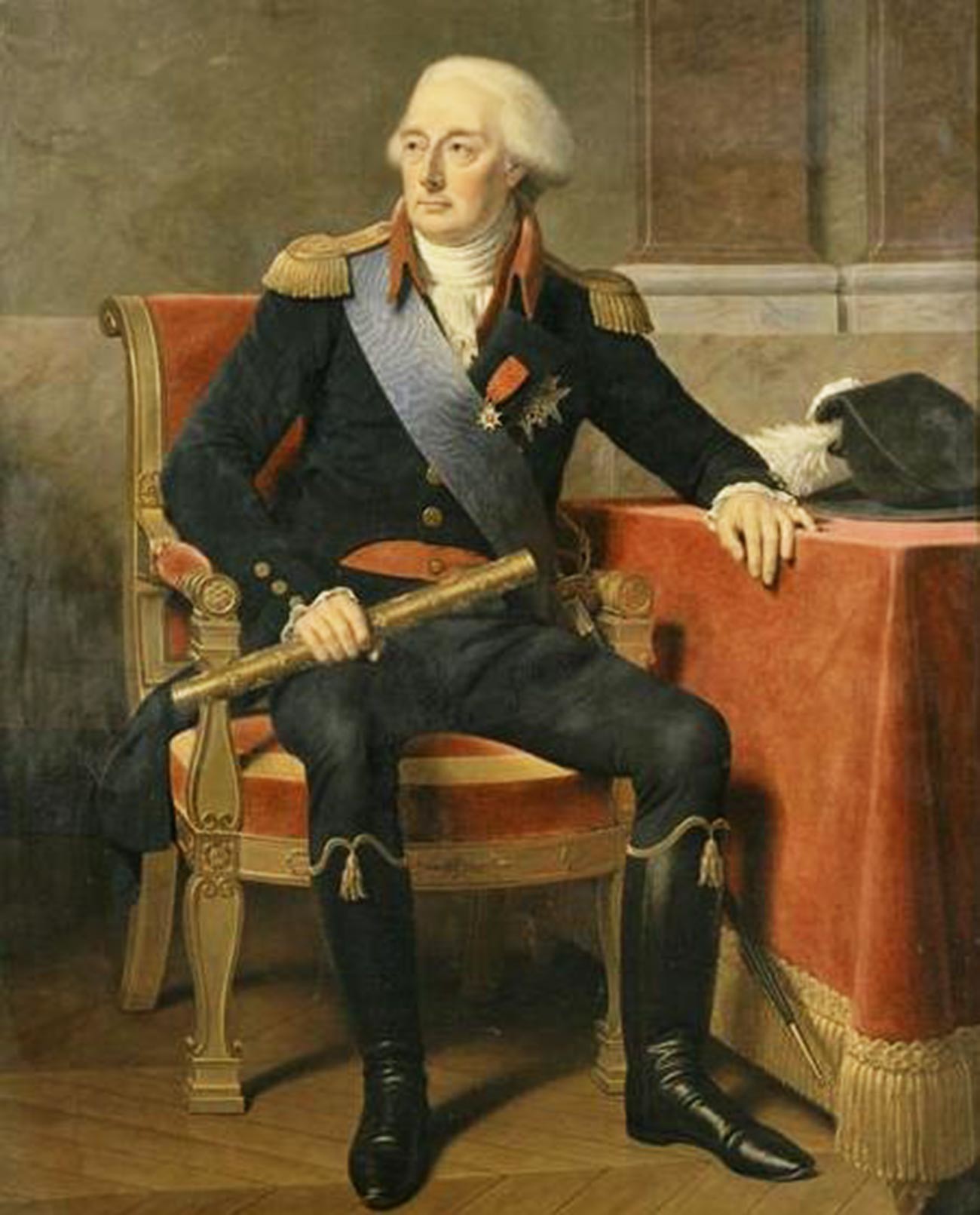
Prince Louis-Joseph de Bourbon de Condé.
Alexandre-François Caminade/Palace of VersaillesAs a result of the French Revolution of 1789, thousands of Frenchmen who did not recognize the new authorities were forced to flee their homeland. However, not all of them were prepared to resign themselves to the prospect of spending the rest of their lives in a foreign land.
Supporters of the restoration of monarchy in France - the royalists - were determined to fight to bring the deposed Bourbon dynasty back to the throne. Their detachments joined the armies of the European powers that were fighting against the French revolutionaries. The most combat ready of those military units was the émigré royalist corps of Prince Louis-Joseph de Bourbon de Condé.
For many years, Condé’s troops fought against revolutionary France together with Austria. However, after the latter’s defeat and withdrawal from the war in 1797, the royalists found themselves at a crossroads, not knowing who they could now join and where to get protection.
That was when Russian emperor Paul I extended a helping hand to the French royalists. By agreement with the exiled French King Louis XVIII, he admitted the émigré corps into Russian service. While the sovereign himself was given asylum in Russia.
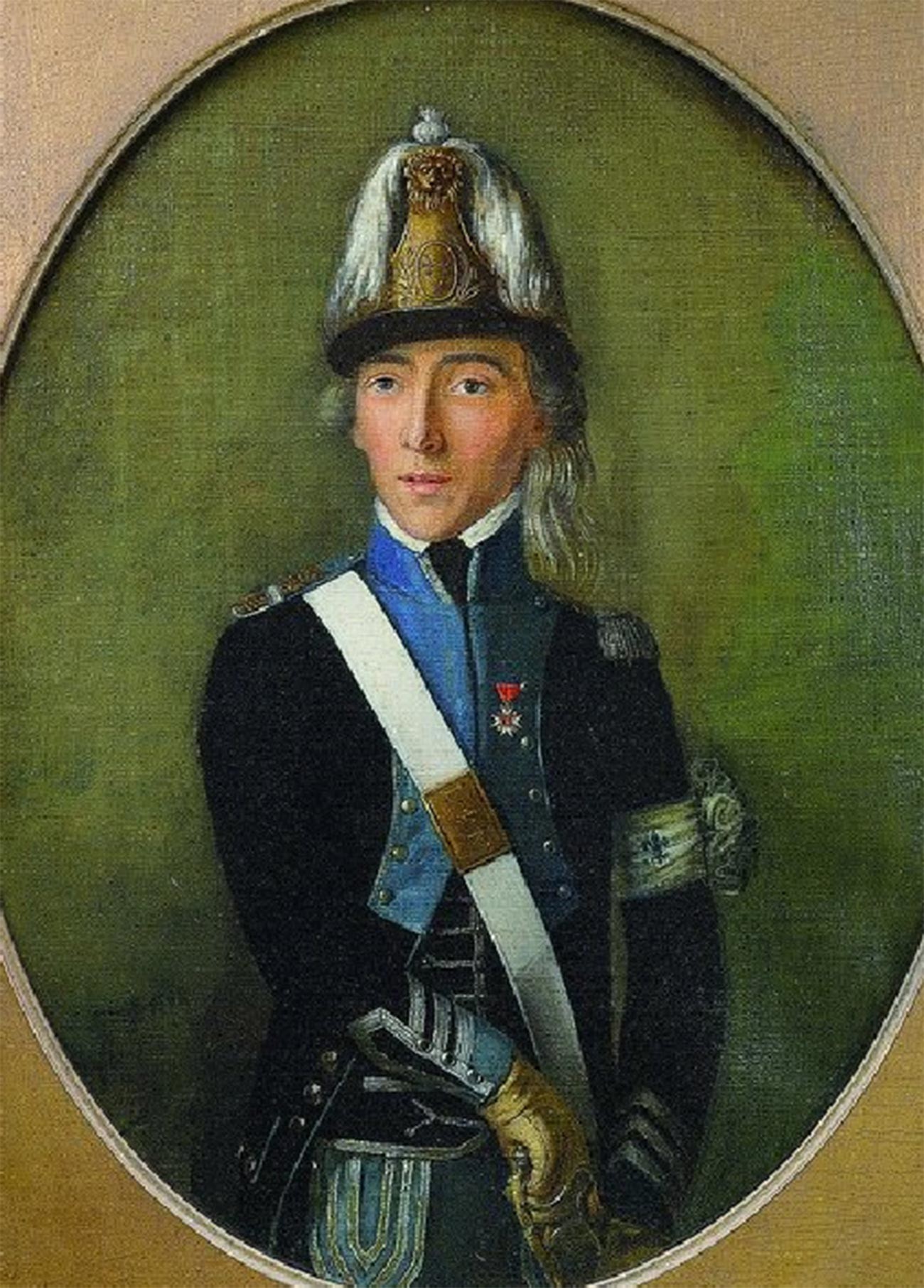
Captain of the émigré royalist corps of Condé.
Public DomainMore than 5,000 of the Prince of Condé’s soldiers arrived at their new billets in the western Ukrainian lands of the Russian Empire in the winter of 1797. Before the move, the corps had been much more numerous, but Paul I refused to accept the German and Swiss mercenaries who served in it. An exception was made only for the German infantry regiment of the Duke of Hohenlohe.
The royalist corps were issued with a new uniform, as well as banners and colors, which combined Russian and French heraldic symbols. In the center of each banner there was a double-headed eagle and in each of the corners, the fleur-de-lis.
In late 1798, Condé’s soldiers got a chance to clash with their old enemy once again, with Russia, as part of the Second Coalition, beginning hostilities against revolutionary France.
The most memorable episode of that war that involved the Army of Condé was the battle of Constance on October 7, 1799. The royalists were attacked by the troops of General Honore Gazan and, despite their fierce resistance and support from the Russian hussars, were forced to retreat beyond the Rhine.
Despite the setback, the French soldiers were determined to continue fighting. However, the Russian emperor had other plans. Unhappy with his Austrian and British allies, Paul I made a sudden foreign policy U-turn, reconciling with Napoleon and quitting the war.
Officially still serving Paul I, the disappointed royalists were supposed to return to Russia together with other troops, but the Russian emperor once again did them a favor by allowing them to stay. On March 7, 1800, the Prince of Condé was informed that, from then on, his corps would be financed by Great Britain and could remain in Europe to continue fighting. In gratitude for their good service, the French were even allowed to keep their gear, weapons, uniforms, as well as carts and horses.
The Russian-German Legion of Emperor Alexander I
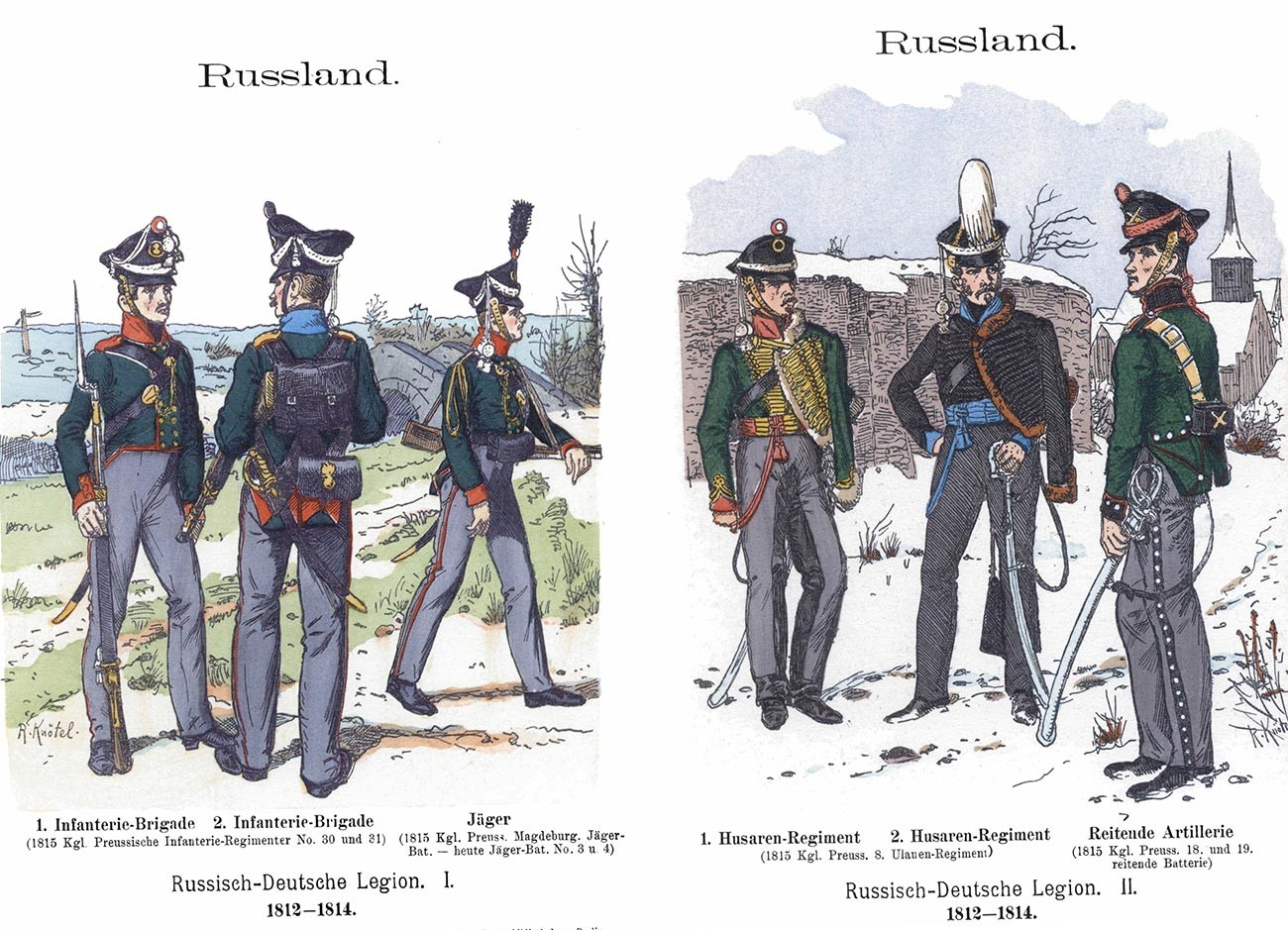
The Russian-German Legion.
Richard KnotelBy 1812, most of Europe found itself in some form of dependency on Napoleonic France. Bonaparte put an inglorious end to the centuries-old history of the Holy Roman Empire, on whose ruins the Confederation of the Rhine, dependent on Paris, was formed. Even the once mighty Prussia and Austria were forced to act in line with the policies of the ‘Corsican Monster’.
Those Germans who disagreed with French hegemony were forced to emigrate, including to Russia, where they formed a Committee for German Affairs. When Napoleon’s Great Army invaded the country in June 1812, it was they who proposed to Emperor Alexander I to establish a Russian-German legion to fight the aggressor.
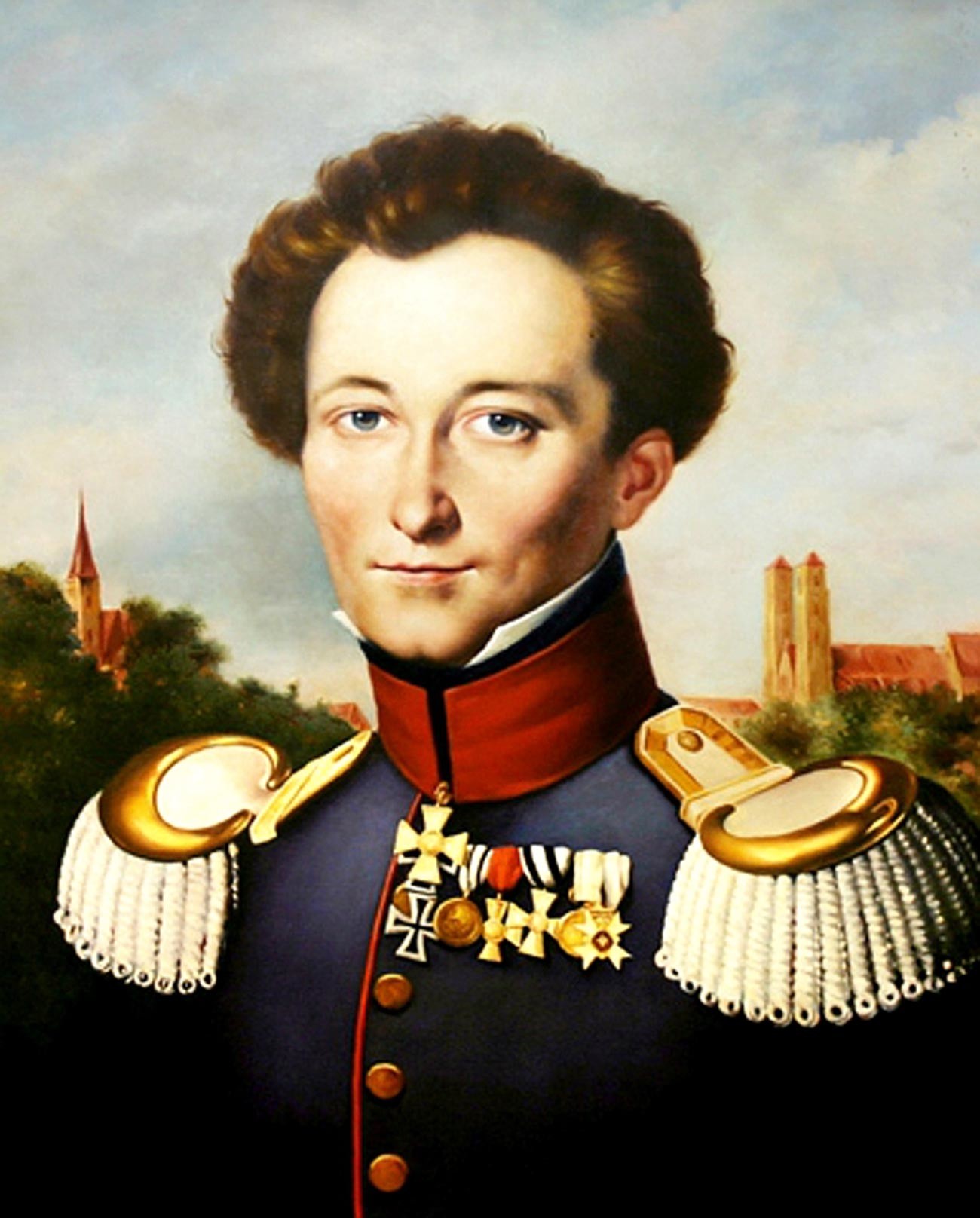
Carl von Clausewitz.
Karl Wilhelm WachThe committee printed more than 10,000 leaflets with an appeal “to officers and soldiers of the German nation” to switch to the Russian side. As a result, more than 600 Germans deserted from the French army and joined the Russian-German Legion.
The Russian-German Legion, which was being formed in Reval (present-day Tallinn), attracted German prisoners of war and defectors, members of German communities living on the territory of the Russian empire, as well as Russian officers from among the Baltic Germans. One of the legionnaires was Carl von Clausewitz, who would later become famous as a military theorist and historian.
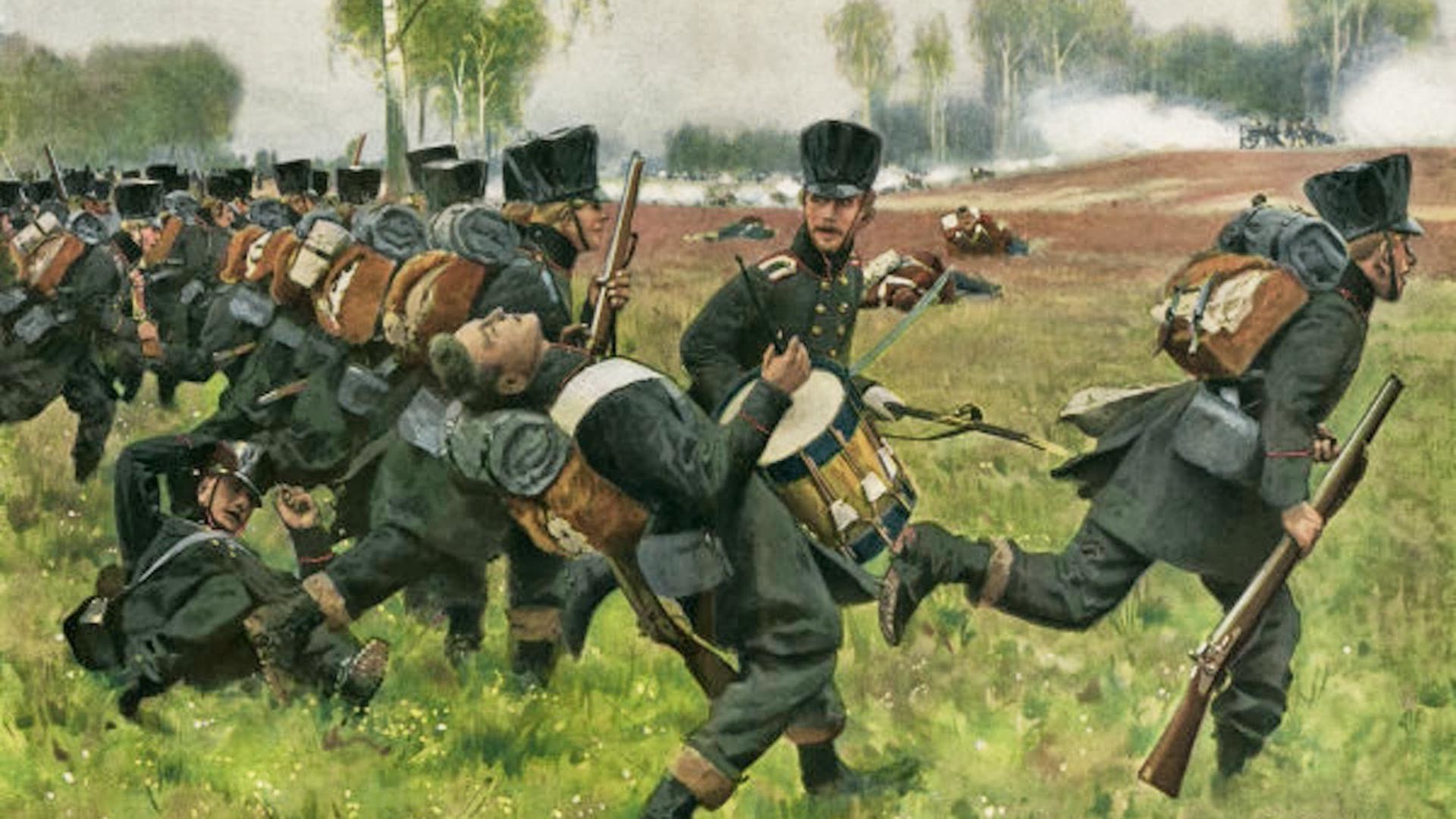
The Battle of the Göhrde.
Carl RöchlingThe Russian-German Legion, numbering about 9,000 soldiers, took part in hostilities in Northern Germany, Denmark and the Netherlands. In the battle of Göhrde on September 16, 1813, it made a decisive contribution to victory, attacking the French troops from the rear.
After the victory over Napoleon, the legion came under the control of Prussia and was disbanded in 1815. Its soldiers joined the Prussian army or the armed forces of other German states.
The Greek Volunteer Legion of Emperor Nicholas I
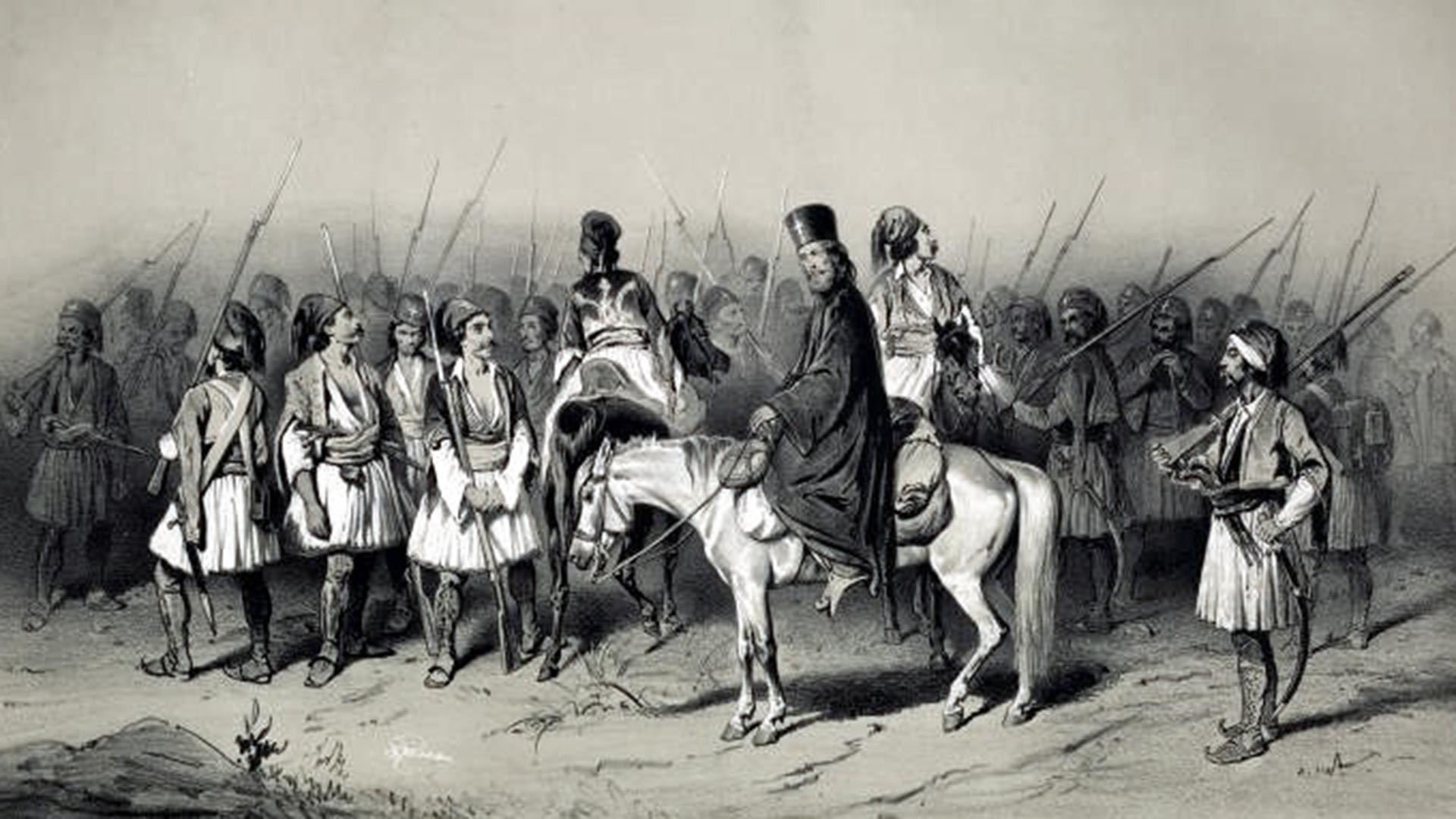
Greek volunteers.
Vasily TimmIn the course of the Crimean War (1853-1856), Russia, which was defeated in the end, had to single-handedly confront a coalition of the Ottoman Empire, Great Britain, France and the Kingdom of Sardinia. The only country that supported Russia was Greece.
Without directly intervening in the conflict, Greece began to actively incite and support insurgency in the neighboring Turkish provinces. In addition, there were Greek volunteers who joined the Russian army.
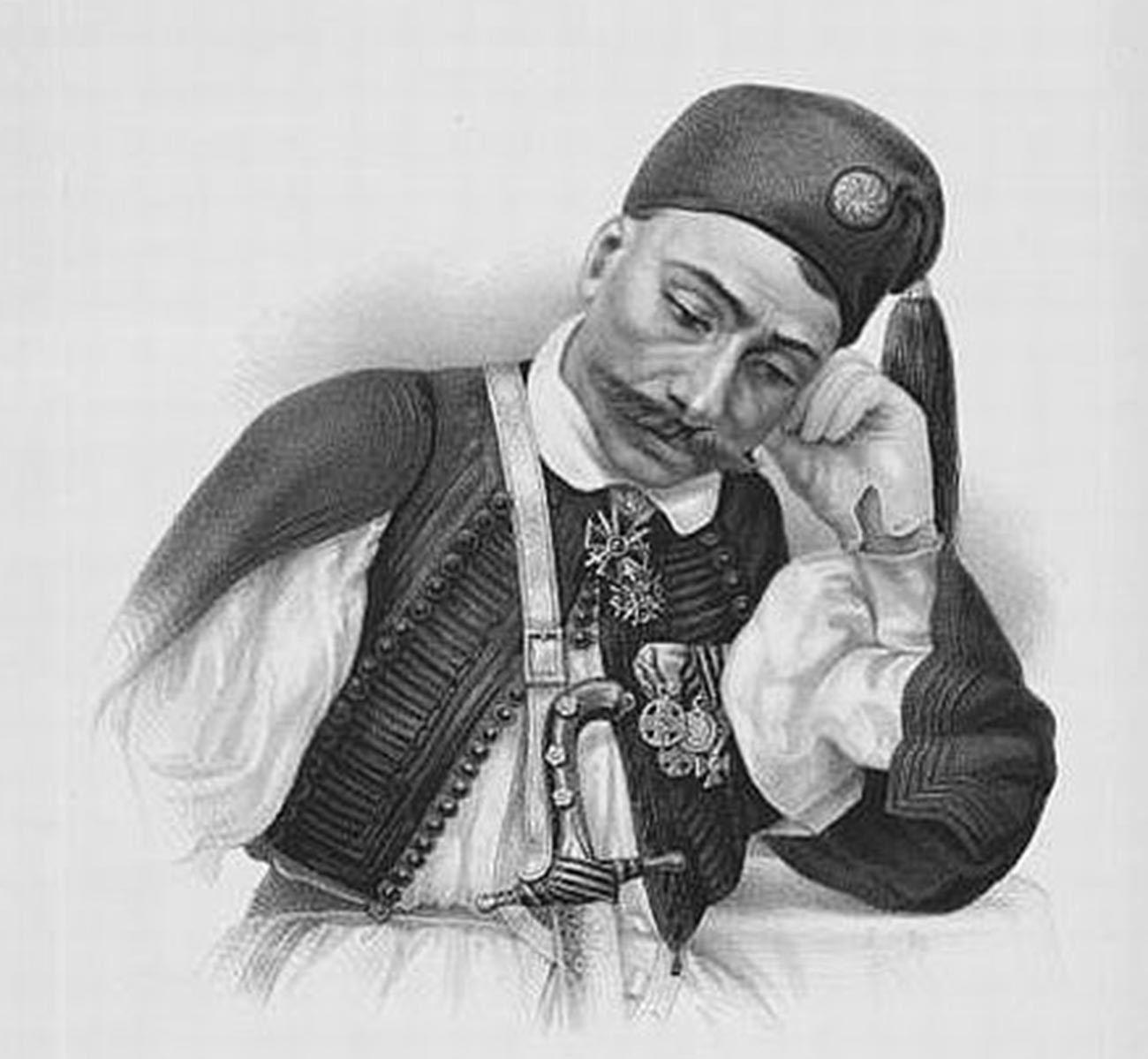
Aristeidis Chrysovergis.
Public DomainThe idea to set up a Greek volunteer unit within the Russian troops was proposed by Aristeidis Chrysovergis, an officer in the Greek army. At the very start of the war, he pitched the idea to General Mikhail Gorchakov, the commander of the Russian forces on the territory of Moldavia and Wallachia.
Chrysovergis became the first commander of the soon created Greek Legion of Emperor Nicholas I. In the summer of 1854, in the Danube Delta, with a 25-strong detachment, he repelled an attack by a British landing force of 700 soldiers. As a result, the British lost 72 people, including prominent aristocrat Captain Richard Hyde Parker IV, which caused a stir in London society.
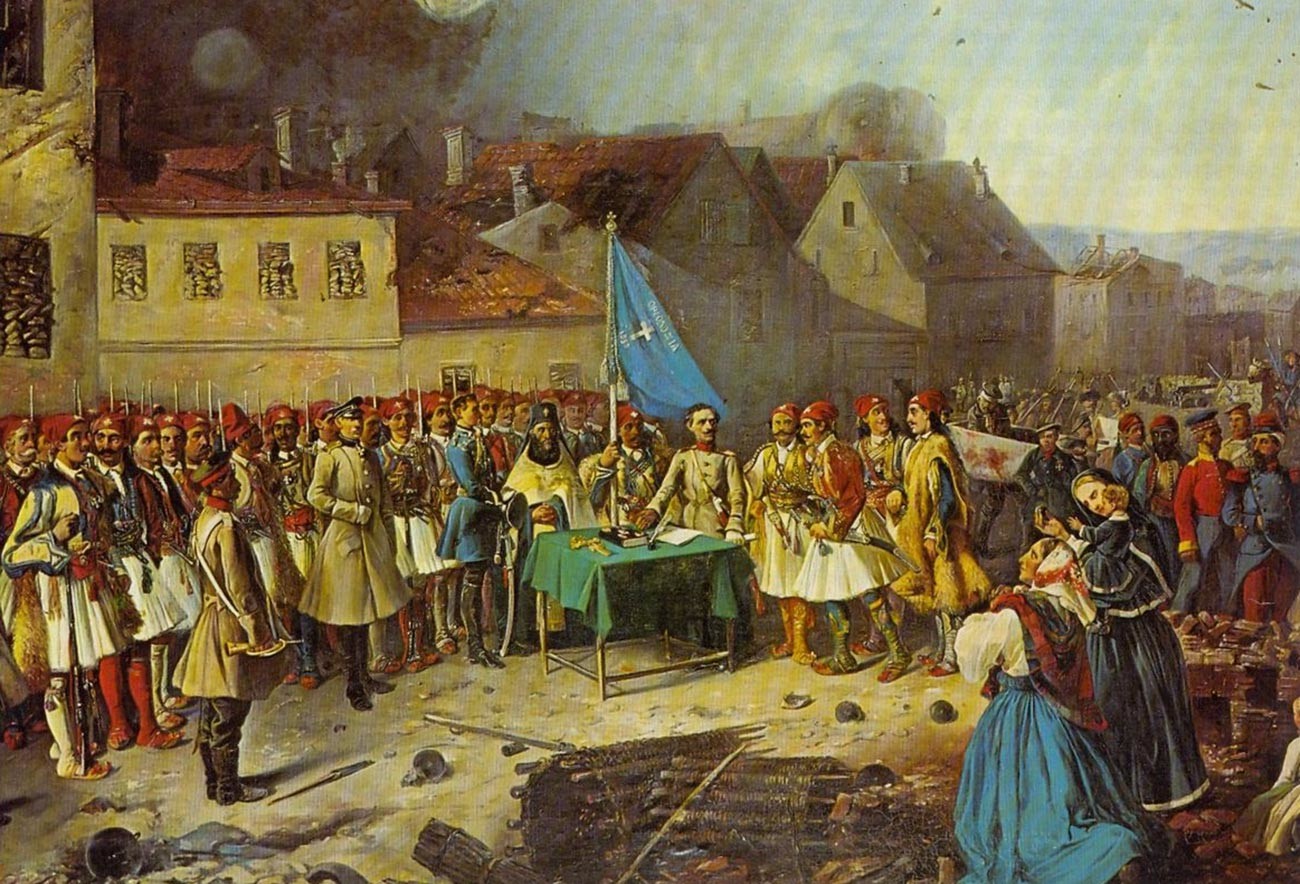
Greek volunteers under Panos Koronaios in Sevastopol during the Crimean War.
Public DomainAt the beginning of 1855, the legion, numbering 800 people, was transferred to Crimea, where it took part in the most fierce and bloody battles against the allies: in the unsuccessful attempt to recapture Yevpatoria, in the defense of Sevastopol and in the Battle of the Chernaya.
The Greek Legion of Nicholas I was disbanded after the end of the conflict in 1856. Several hundred of its soldiers were awarded medals, while 31 were presented with the highest military award of the Russian Empire - the Order of St. George.
The Serbian Volunteer Corps
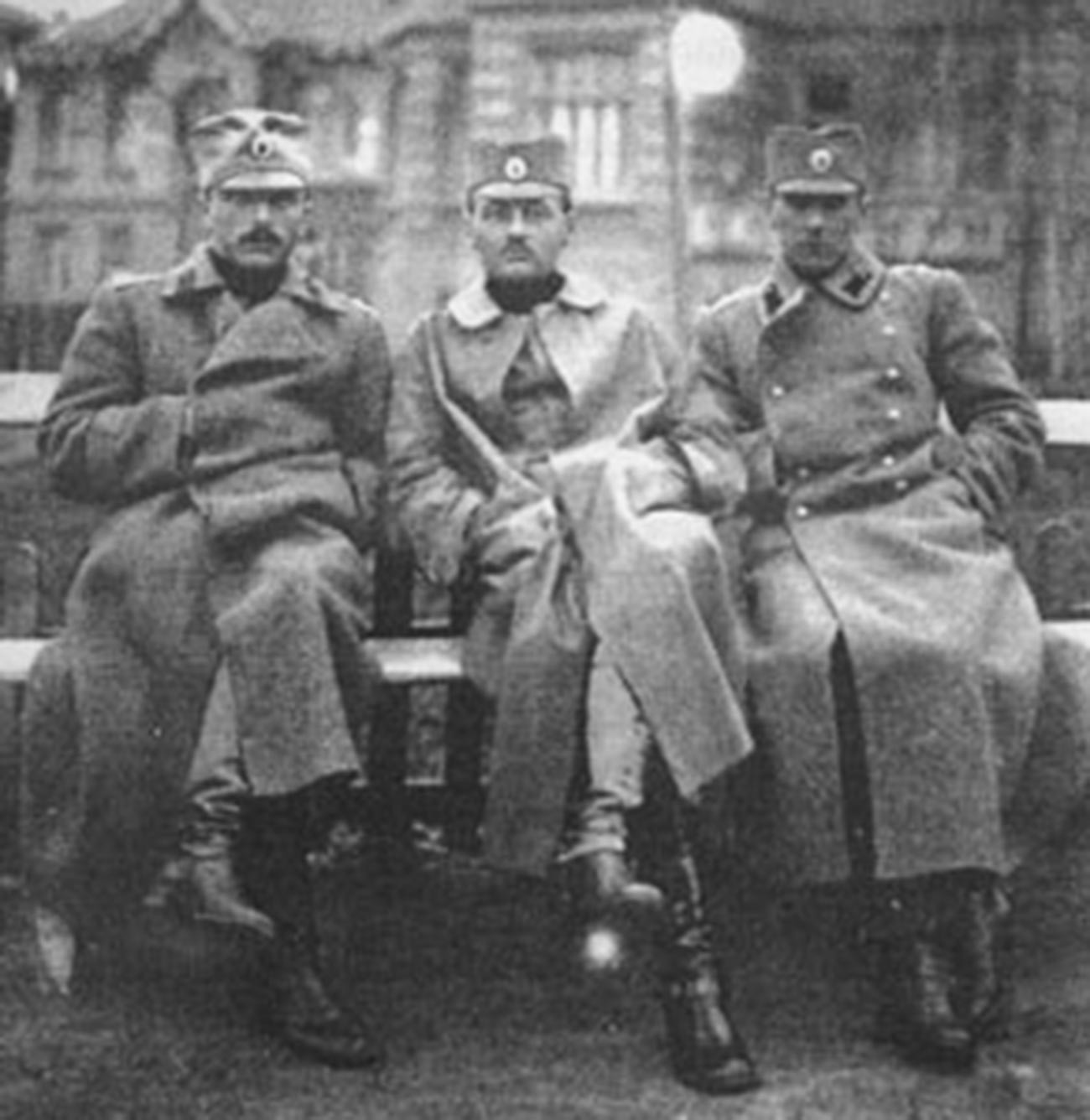
Serbian volunteers.
Public DomainSouth Slavic soldiers were the Achilles’ heel of the Austro-Hungarian army during World War I. Serbs, Croats and Slovenes, who lived under the rule of Vienna, for the most part dreamed of creating their own independent states and did not really want to fight for the Austro-Hungarian monarchy. They willingly surrendered or simply defected to the Russian side.
Since most of the South Slavic soldiers (mainly Serbs) in Russian captivity expressed a desire to fight against Austria-Hungary, the original plan was to transfer them to Serbia. However, those plans had to be adjusted after Bulgaria joined the war in October 1915 and the Serbian army was defeated soon after that. It was, therefore, decided to attach volunteer units formed from prisoners of war and defectors to the South-Western Front of Russian troops.
The 1st Serbian Volunteer Division, created in Odessa, had its baptism of fire in the battles in the Dobruja region of Romania in August-September 1916, as part of the 47th Corps of the Russian army. In those clashes with the Bulgarian and Turkish troops, the Serbs suffered huge losses: out of 19,000 soldiers around 9,000 were killed.

Soldiers of the Serbian Volunteer Corps.
Public Domain“After the defeat of the 1st Division, all those wounded volunteers, who had had such great morale, not only did not express a desire to go to the front, but openly said that they had volunteered to fight on the borders of their homeland, not to sow their bones at Dobruja,” reported General Chistyakov, who in late 1916 was sent by the South-Western Front headquarters on an inspection of the Serbian units.
Nevertheless, the resilience and high morale demonstrated by the South Slavic soldiers prompted the Russian command to set up the 2nd Serbian Division. Together, they formed the Serbian Volunteer Corps, also known as the Serbs, Croats, and Slovenes Volunteer Corps, or the Yugoslavian Legion. In the course of the war, more than 70,000 soldiers passed through it.
The 1917 revolution and the subsequent chaos and rapid collapse of the Russian army put an end to the Corps’s short-lived history in Russia. Its soldiers, for the most part, were transferred to the Balkans, where, as part of the Serbian army, they continued to fight against the Central Powers. However, there were also those who decided to remain on Russian soil to take part in the bloody Civil War that would break out there soon.
If using any of Russia Beyond's content, partly or in full, always provide an active hyperlink to the original material.
Subscribe
to our newsletter!
Get the week's best stories straight to your inbox